Readers Library Publishing Company Ltd. (London, UK)
Series dates: 1924-1935
Size: 4.25″ x 6.75″
J.H. Sears Co. (New York, US) & Kingsport Press (Kingsport, TN, US)
Series dates: 1924-1929
Size: 4.25″ x 6.75″
 London publisher Duckworth published their literary Reader’s Library from 1910-1927 and may have been forced to rename the series (as the New Readers Series) due to the popularity of the much more plebeian Readers Library series that came along in 1924. With at least 27 million copies sold in England and the U.S. in about 5 years, the new-comer Readers Library was one of the more successful reprint series of the 20th century. The British version of the series was notable for often lurid and tantalizing dust jackets wrapped around poorly bound books printed on cheap paper. Indeed, by far, the jackets are the only good thing about these books. In all cases, the artwork spans the front, spine, and rear of the jacket (something I’ve seen in few other). The series was published in England by the Readers Library Publishing Co. In the U.S. the series was printed and published by J.H. Sears Co. Sears books for the series were of even worse quality than the British versions and lacked the alluring jackets. Alas, the U.S. books were priced at a dime.
London publisher Duckworth published their literary Reader’s Library from 1910-1927 and may have been forced to rename the series (as the New Readers Series) due to the popularity of the much more plebeian Readers Library series that came along in 1924. With at least 27 million copies sold in England and the U.S. in about 5 years, the new-comer Readers Library was one of the more successful reprint series of the 20th century. The British version of the series was notable for often lurid and tantalizing dust jackets wrapped around poorly bound books printed on cheap paper. Indeed, by far, the jackets are the only good thing about these books. In all cases, the artwork spans the front, spine, and rear of the jacket (something I’ve seen in few other). The series was published in England by the Readers Library Publishing Co. In the U.S. the series was printed and published by J.H. Sears Co. Sears books for the series were of even worse quality than the British versions and lacked the alluring jackets. Alas, the U.S. books were priced at a dime.
 Titles in the series (see jacket and book images below) range from fusty old classics to contemporary fiction of wildly varying quality. One distinguishing first for the British Readers Library was the publication of movie tie-in books, some with bound-in photographs from early movies. These movie themed Readers Library titles in jackets can command considerable money when the movie remains of interest to movie memorabilia collectors.
Titles in the series (see jacket and book images below) range from fusty old classics to contemporary fiction of wildly varying quality. One distinguishing first for the British Readers Library was the publication of movie tie-in books, some with bound-in photographs from early movies. These movie themed Readers Library titles in jackets can command considerable money when the movie remains of interest to movie memorabilia collectors.
The Readers Library was established in England by Derwent Hall Caine and Gordon “Ralph” Hall Caine (sons of author Hall Caine) in 1924, the series was among the first to issue film edition books (starting in 1924 with The Hunchback of Notre Dame, tied to a popular 1923 silent movie; see the Film Lover’s Library series for an earlier, failed attempt at the movie-tie-in series). Indeed, many of the books published in the series, even if they were not movie editions, were the basis of movies made in the teens and twenties. Books were manufactured by the Greycaine Book Manufacturing Company (founded by Ralph Caine and Frank Grey in 1909; essay source here). The Greycaine Co., controlled by the Caine brothers and Frank Gray) provided most of the capital for the Reader’s Library.
The aim of the Readers Library, according to the prospectus for the series printed in the front of the books, was “to bring the best-known novels of the world within the reach of the millions, by presenting at the lowest possible price per copy, in convenient size, on excellent paper, with beautiful and durable binding, a long series of the stories, copyright and non-copyright, which everyone has heard of and could desire to read.” Titles were selected and edited by a “distinguished” man of letters, most likely Hall Caine.
The series was sold at Woolworths and newsagent stands in England for 6d. A report in 1934 claimed that 7 million copies of Readers Library books had been printed and sold in England since 1924. See the end of this entry for a list of specific sales numbers for series titles from 1927.
Greycaine printed books and series for other publishers, such as Odhams Press. By 1935 competition from lower-cost Penguin paperbacks (first published in 1935) and other paperbound series like the Queensway Press Chevron Series along with the loss of some large customers (such as Odhams Press, which began to print their own books in 1936) led to financial problems. By 1937 the company was in receivership.
Information about the British Readers Library and Greycaine was taken from Jill Waterson’s “Greycaine Book Manufacturing Company, Watford.”
The majority of the British Readers Library books seem to have been published in the 1927 to 1934 timeframe. Reprints of series titles continue, however, through the early 1940s, well past the 1937 receivership suggesting someone acquired the rights to continue publishing the series (albeit in much smaller numbers). The Daily Express Fiction Library was printed from Readers Library plates in 1936-1940. In the U.S., at least 15 titles from the Readers Library were issued (with the UK dust jacket artwork) as part of the World Wide Edition by World Wide Publishing from 1929-1930.
A typical British Readers Library jacket has a jacket with wrap-around artwork – in this case, a shrinking damsel and gun-toting Indian help sell Cooper’s The Pathfinder. This copy, like most, is not dated but was probably issued in the mid-1920s. Natty Bumppo is illustrated on the jacket spine. The titles and other lettering seem to have been drawn with the cover artwork and are often curiously juvenile in quality (which is not a bad thing). The jacket spines indicate the series name and sometimes have additional artwork. The titles on the spines read from bottom to top, which is uncharacteristic for most reprint series books (but it is a tradition in Europe). It’s possible that the different orientation may have grabbed buyers attention when perusing books on shelves. A partial list of titles in the Readers Library is included on the front jacket flap.
The artwork continues on the rear of the jacket and the list of series titles continues on the rear jacket flap, in no particular order.
Click to view the entire jacket illustration, spanning back, spine and jacket front.
The books themselves are far from the promised quality item and do not age well. The cloth binding is thin and the rather elaborate gold stamping has faded from every copy of the Readers Library I have seen. The series name is indicated on the book spine.
What I believe are earlier copies (this one, again, is most likely mid-1920s) have ecclesiastical, gothic endpapers. The spines of Readers Library books are often cracked or broken and pages are often loose. The paper itself has become very brittle with age.
The gothic design continues on the title page and facing prospectus for the series.
Few copies have dates on the copyright page. More series titles face the copyright page.
In general, the book design is traditional, even conservative. The jacket designs lurid and even shocking. The contrast is interesting, probably due to an understanding that the lurid jackets catch potential buyers attention, but once they have the book (and toss the jacket) they have a traditional looking book for the shelf.
Little changes by the late 1920s and early 1930s with the British Readers Library except for blank endpapers. Most of the jacket illustrations are unsigned, but a few are. One example is by illustrator Will Owen on W.W. Jacobs’ Light Freights.
The entire jacket (click to enlarge):
The illustration, as usual, continues on the rear of the jacket.
Blank endpapers seem to distinguish mid-1920s from late 1920s/early 1920s title printing dates.
Hubert Dail’s The Singing Fool is an example of a movie tie-in Readers Library title. In this case, a 1928 part-talkie musical starring Al Jolson. The book is “novelized” from the movie and was first published in 1929.
A review of the movie is placed on the front jacket flap, instead of the list of series titles. Stills from the movie are bound into the book. A malproportioned child sits on the lap of a rather devious looking Al Jolson.
A snarky looking flapper graces the rear, or left side of the jacket graphic. Series titles line the rear flap.
The interior of the movie tie-in books varies from other titles. A special forward is included, titled “The Readers Library Film Edition.” The title page includes information about the film.
This particular title has an actual copyright date and printing. This is the second printing of the title in the series.
An “Editor’s Note” comments upon the movie and its novelization.
Following the Editor’s Note is a page of information about the film, its actors, and producers.
Additional Readers Library jackets are below. All can be opened for a closer view.
H. Rider Haggard’s Cleopatra, originally published in 1889:
A distinctive jacket in that the author’s name is not included on the jacket. Herbert D. Williams’ The Steel Highway: A Romance of the Railway. This was a 1931 Warner Brothers movie retitled Other Men’s Women but this is not one of the Readers Library Movie Editions.
Alexander Dumas’ novella The Corsican Brothers has been made into at least a dozen movies, although none were filmed around the time this book was published (late 1920s).
Bret Harte’s The Luck of Roaring Camp is a short story originally published in 1868.
Marjorie Bowen’s The Viper of Milan was her first novel, written at age 16, and said to be a favorite of Graham Greene.
Thomas Burke’s Twinkletoes: A Tale of Limehouse was a followup (originally published in 1918) to his Limehouse Nights, a controversial tale set in London’s Chinatown. The story, which portrayed interracial relationships, was banned in many places in England for “general immorality.” A movie based on Twinkletoes was made in 1926. Burke was born and raised in suburban, middle-class London but claimed for much of his early career to have been an orphan born and raised in poverty in London’s East End.
Dinah Maria Craik wrote as Mrs. Craik and was a very successful writer in the latter part of the 19th century. She was married to George Lillie Craik, a partner in Macmillian & Company, Publishers. John Halifax Gentleman was filmed as a silent movie in 1915.
Henryk Sienkiewicz (misspelled Sienkiewick on the jacket) was a Polish journalist and novelist whose most famous novel was Quo Vadis, originally written in 1896. This title in the Readers Library is tied to a 1924 movie of the novel distributed by First National Pictures, as noted on the jacket. It does seem to show some hanky-panky on a bear rug on the rear of the jacket.
Another Readers Library Film Edition, in this case, the novel Lightnin’ by Frank Bacon. Bacon was an actor and playwright whose biggest success came with the 1918 play Lightnin’, which “set a Broadway record for the day of 1,291 performances and was still going strong on tour after more than 700 shows when Bacon was forced to bow out due to fatigue. His death from a heart attack followed a week later.”
Lord Lytton’ was a British statesman, poet, and author. Eugene Aram was an eighteenth-century philologist and murderer. It was filmed multiple times in the teens and twenties.
Eustace Male Ball was actually Eustace Hale Ball, a writer, and movie director originally from Ohio. The Readers Library jacket artist made this somewhat amusing error. This title was novelized from a short story by 1920s screenwriter Lotta Woods and was the basis for a 1927 silent movie.
Jack London’s Smoke Bellew is an illustrated movie edition of the 1929 movie of the same name. Disembodied hands grabbing at potatoes or gold. Can’t quite tell.
In the United States, J.H. Sears Co. printed Readers Library titles at the Kingsport Press printing plant in Kingsport, Tennessee. Titles were available around the same time (1924-1930) the Readers Library began in England. Besides an array of socially progressive amenities, the city of Kingsport and its supporters sought to establish interlocking industries that, while independently owned, provided materials and services for each other.
Joseph Hamblen Sears had been a writer of books and magazine articles, eventually working as an editor for Harpers in the 1890s. By 1904 he had been made the head of Appleton & Company which, at the time, was struggling financially. Sears turned the company around, in part by developing serials and educational book publishing. In 1908 Sears’ efforts led to Appleton becoming the U.S. publisher of Hall Caine’s novels. This is undoubtedly the contact that would lead to Sears eventually publishing the Readers Library in the U.S.
Sears and his son had contacts in the planned city of Kingsport, Tennessee and Sears proposed the creation of a publishing house and printing plant to publish bibles, textbooks, children’s books and a cheap series of classic books. The Press would also print books for other publishers. J.H. Sears Co., located in New York, would promote and sell the books. This seems to be largely the model established by the Caines in England with their Readers Library Publishing Company and Greycaine Book Manufacturing Company. J.H. Sears began publishing in 1922, with an address at 17 E. 54th St., in New York. The firm moved to 40 W. 57th St. in 1925.
Arthur and Raymond Little of New York publisher J.J. Little and Ives Co. joined the venture and by fall of 1922. J. Little & Company – The Kingsport Press was established and building a plant in Kingsport, Tennessee. The Mead Corporation built a connected paper plant, to, in part, supply paper to the Kingsport Press. By 1927 a book cloth plant, established by the Massachusetts-based company Holliston Mills was established.
Sears’ Readers Library books were sold for a dime at Woolworths and over 20 million copies of the U.S. series were sold in the half decade it was published. Given that the British Readers Library books were also sold at Woolworths, it’s likely the sales agreement was worked out by both Sears and the Caines in England simultaneously.
Sears would also develop a relationship with Sears Roebuck & Company (no relation) to sell Sears’ Royal Blue Library and Royal Red Library series.
While the materials that went into producing the U.S. Readers Library books spared all expense (to still make a profit at a dime apiece), the content of Sears series books also had relatively low editorial standards. Some titles (for example Stowe’s Uncle Tom’s Cabin) underwent unacknowledged abridgements to fit page limits. Sears mentions, in his unpublished memoir a telling anecdote about both the editorial quality of cheap reprint series as well as the reading habits of the people who bought these books:
The president of Woolworth was informed that four hundred thousand copies of Alice in Wonderland had been put together wrongly, bound with half of Robert Louis Stevenson’s Kidnapped. He said: “Let’s wait for the complaints.” Not one came in twenty years. (Sears, “And This Too, Shall Pass” quoted from Bruyère. 2014. “From Boston, MA, to Kingsport, TN: Joseph Hamblen Sears (1865–1946)”).
At its peak the Kingsport Press could print and bind 100,000 books in a day, and the goal was a minimum annual output of 8.6 million books.
Much of the information about J.H. Sears is taken from Claire Bruyère. 2014. “From Boston, MA, to Kingsport, TN: Joseph Hamblen Sears (1865–1946), a Forgotten Figure in American Publishing.” Papers of the Bibliographical Society of Canada 52/1.
Books flying out of a plant at the rate of 100,000 a day and sold for a dime were going to be of dubious quality. U.S. Readers Library books, while largely overlapping with the British series, lacked the illustrated jackets. Instead, a series of rather clunky abstract designs graced the books. Ouida’s Under Two Flags is undated in the series, but probably around 1925. The series is not mentioned on the front of the jacket or spine. A list of titles in the U.S. series is included on the front jacket flap.
The back of the jacket is blank, more titles are listed on the rear jacket flap.
The books themselves are roughly similar to the British editions, but with a different pattern. The cloth binding is coarse and very brittle. The gold stamping tends to be faded and tarnished.
The gothic decorations of the endpapers are shared with the earlier British editions. The spine, on this book, is brittle and cracked (which is common with these books).
The title page is very similar to the British editions. Lucas Lexow is listed as the editor, and provides a précis for the series. J.H. Sears is indicated as the publisher.
The copyright page is undated, but indicates the book production at the Kingsport Press plant.
The jacket for Bunyan’s effervescent blockbuster, Pilgrim’s Progress, Dr. Jekyll and Mr. Hyde, and Connor’s Black Rock are in different US jackets:
The Kingsport Press, to be fair, was certainly capable of producing better quality books than the Readers Library.
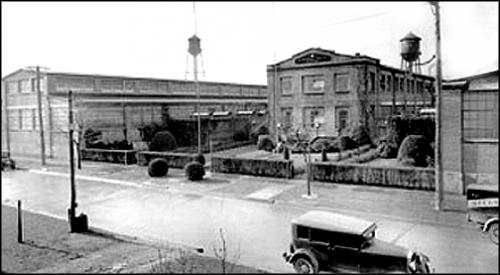
In 1933 photographer Lewis Hine took a series of photographs of workers at the Kingsport Press for the Tennessee Valley Authority (TVA). The photographs show workers engaged in various tasks related to book printing.
The U.S. Readers Library series ended around 1930. In 1929 the company was reincorporated as Sears Publishing Co., and moved to 114 E. 32nd St. in New York. A continued decline in the firm’s fortunes led to it being bought out by Dodd, Mead & Company in 1934. The Kingsport Press continued to print books. A strike in 1963 by press workers was not resolved until 1967 (making it the most protracted strike in U.S. history). In 1969 the Kingsport Press was acquired by the Canadian firm Quebecor World, which eventually moved production elsewhere and closed the plant in 2006.
1927 List of Readers Library best sellers in England (from The Greycaine News, No. 1, 11 May, 1927, p 7).
| Hunchback of Notre Dame | 710,000 |
| Blue Lagoon | 550,000 |
| Raffles | “ |
| Ten Commandments | “ |
| Thief of Bagdad | 400,000 |
| Tale of Two Cities | 380,000 |
| Alice in Wonderland | 350,000 |
| Constant Nymph | “ |
| Merry Widow | 335,000 |
| East Lynne | 305,000 |
| Grimms Fairy Tales | 300,000 |
| Ghost Train | “ |
| Manhandled | “ |
| Pam | “ |
| Les Miserables (Film) | 260,000 |
| Water Babies | 255,000 |
| Andersen’s Fairy Tales | 250,000 |
| Ben Hur | “ |
| Black Tulip | “ |
| Havoc | “ |
| Luck of Roaring Camp | “ |
| Little Women | “ |
| She | “ |
| Tales of Mystery | “ |
| Uncle Tom’s Cabin | “ |
| Call of the Wild | 245,000 |
| Xmas Carol | 230,000 |
| Black Beauty | 220,000 |
| Iron Pirate | 215,000 |
| Shulamite | “ |
| Ann Veronica | 200,000 |
| Beatrice | “ |
| Beloved Vagabond | “ |
| Black Pirate | “ |
| Buried Alive | “ |
| Cleopatra | “ |
| Cobra | “ |
| Devil’s Garden | “ |
| Eagle | “ |
| Greensea Island | “ |
| Gulliver’s Travels | “ |
| Heart of Unaga | “ |
| Iron Horse | “ |
| King Solomon’s Mines | “ |
| Last Days of Pompeii | “ |
| Last of the Mohicans | “ |
| Les Miserables (Fantine) | “ |
| Mill on the Floss | “ |
| Morals of Marcus Ordeyne | “ |
| Man in the Iron Mask | “ |
| Man in the Twilight | “ |
| Queen’s Necklace | “ |
| Robinson Crusoe | “ |
| Sea Beast | “ |
| Sea Wolf | “ |
| Silas Marner | “ |
| So Big | “ |
| Typhoon | “ |
| Toilers of the Sea | “ |
| Three Men in a Boat | “ |
| 20,000 Leagues under the Sea | “ |
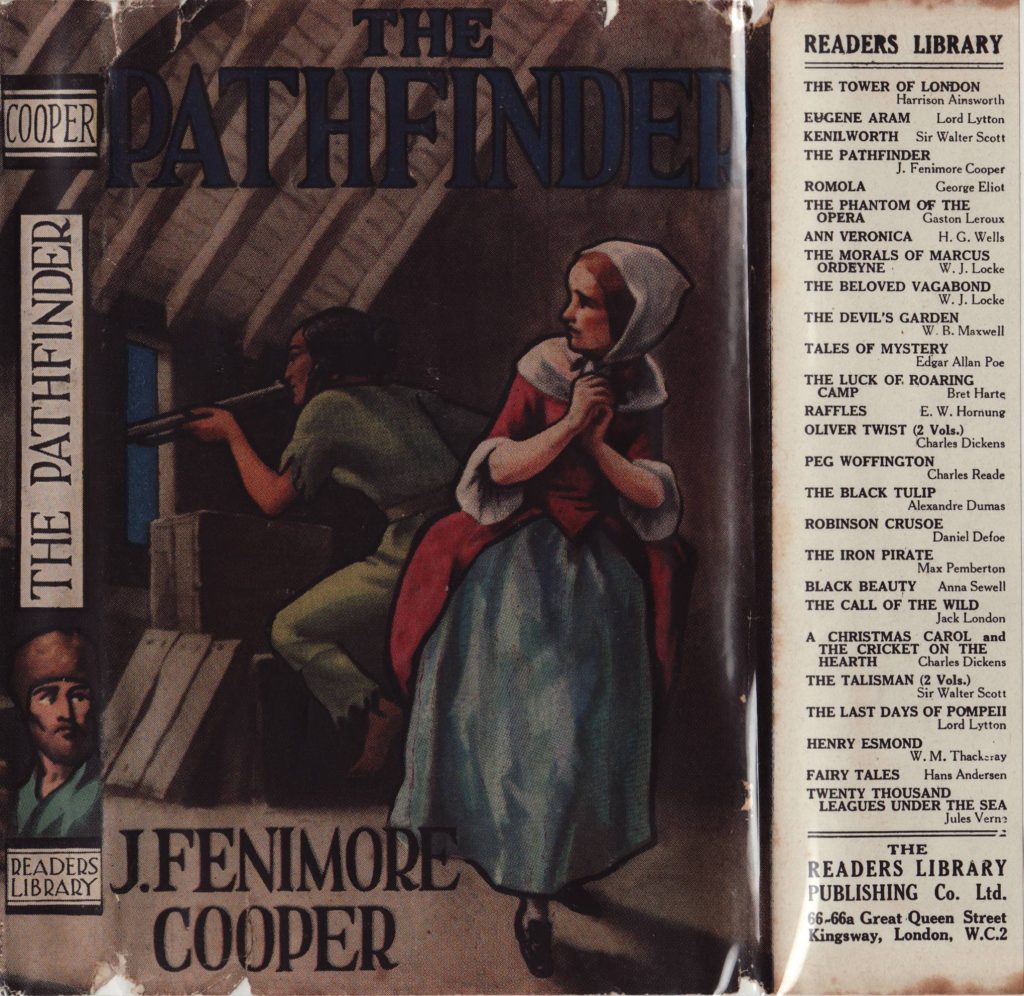


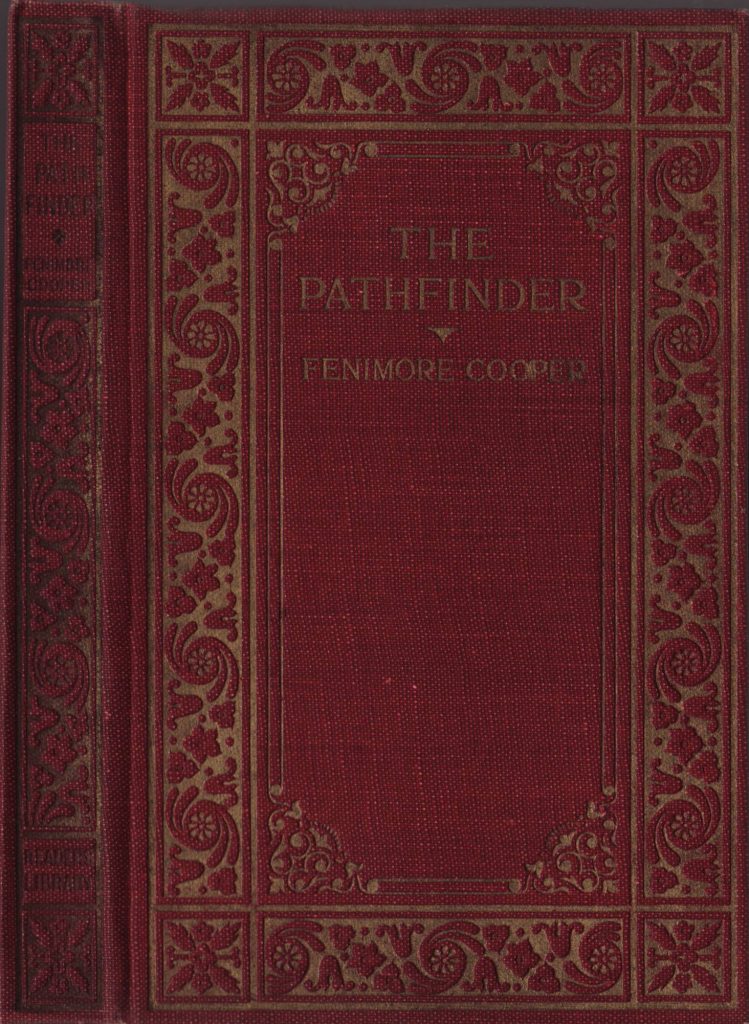

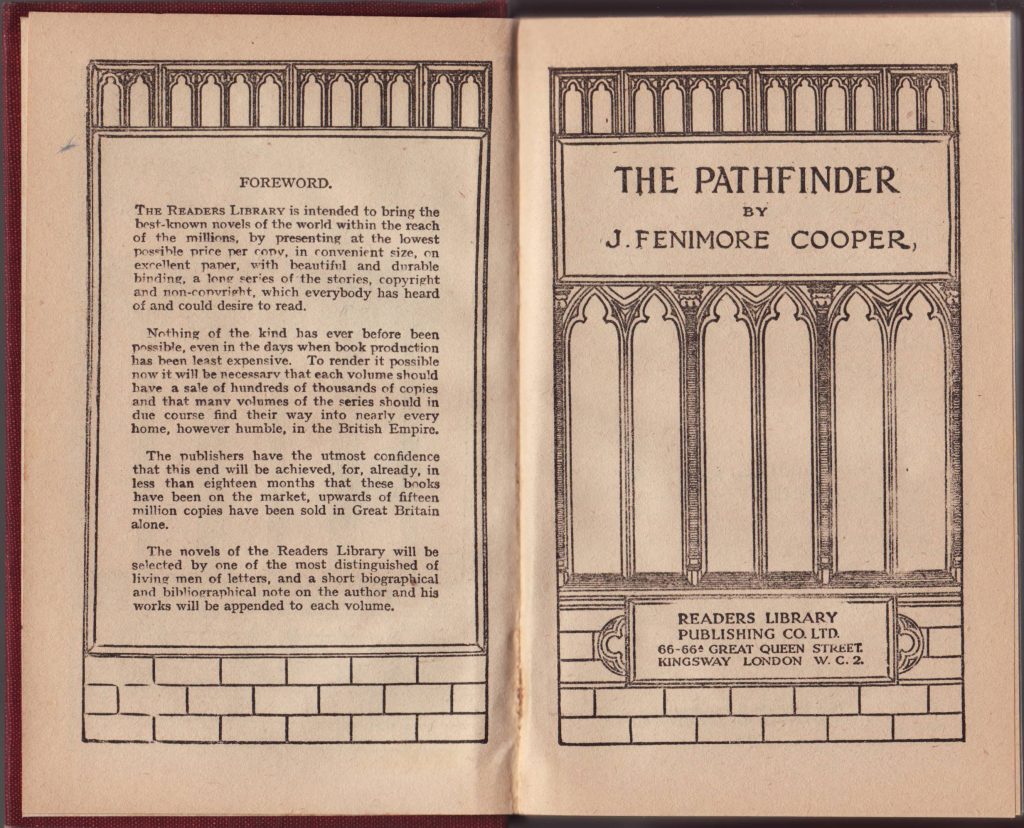





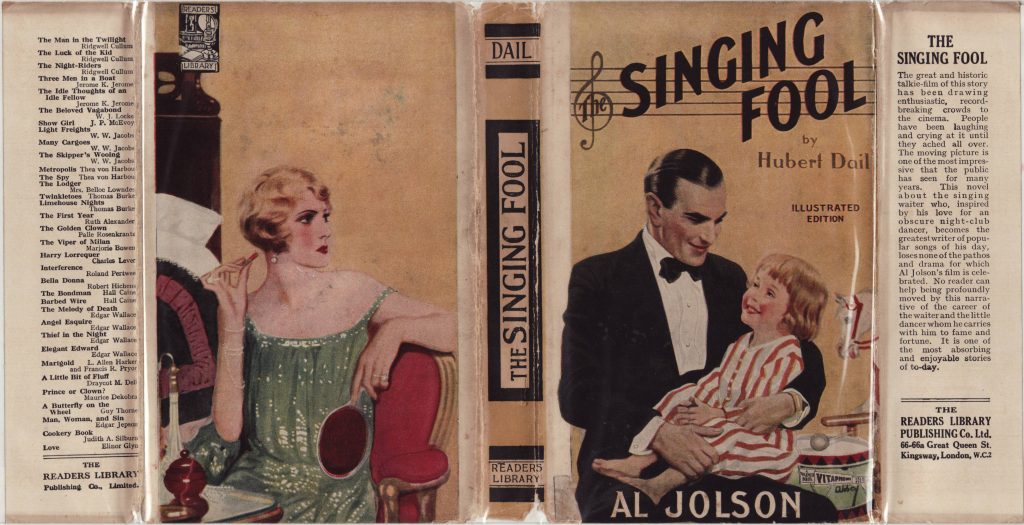


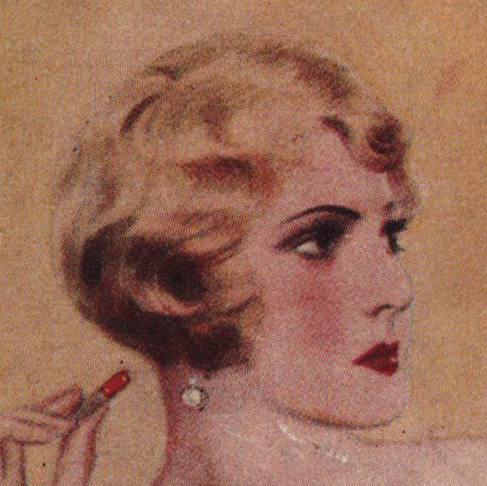


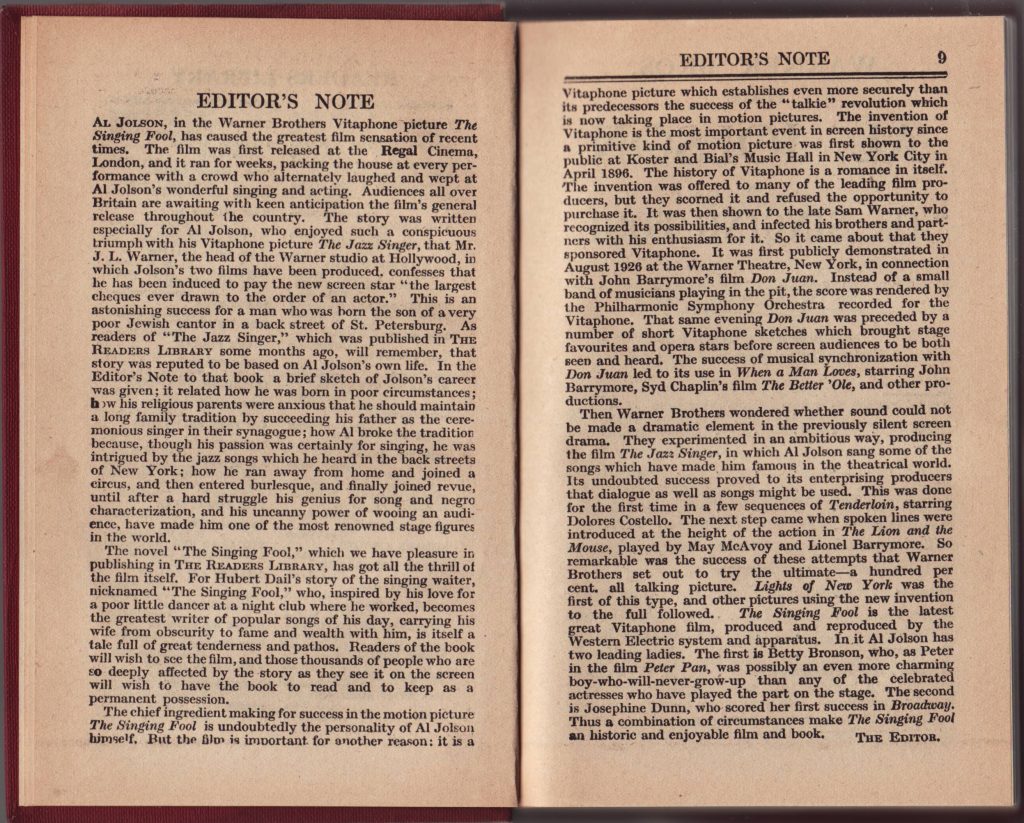








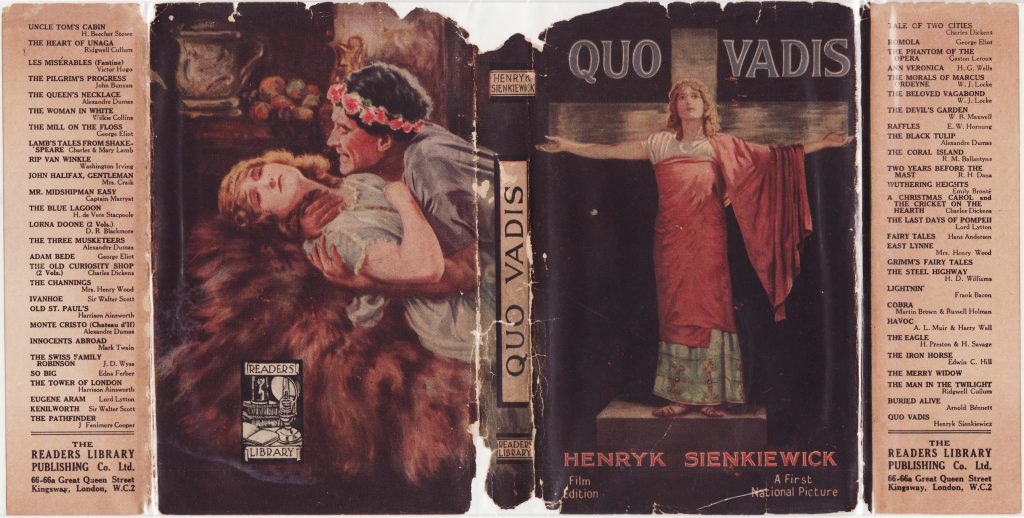

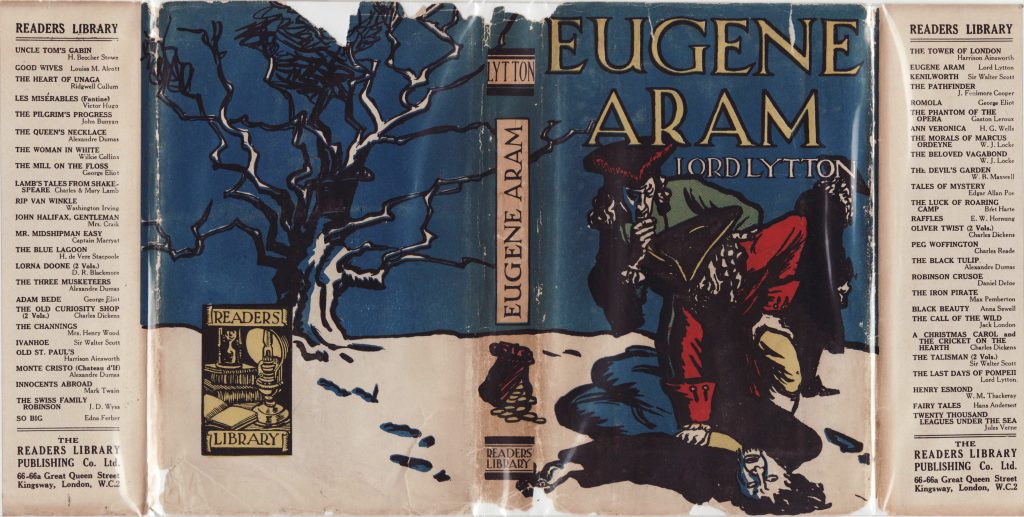


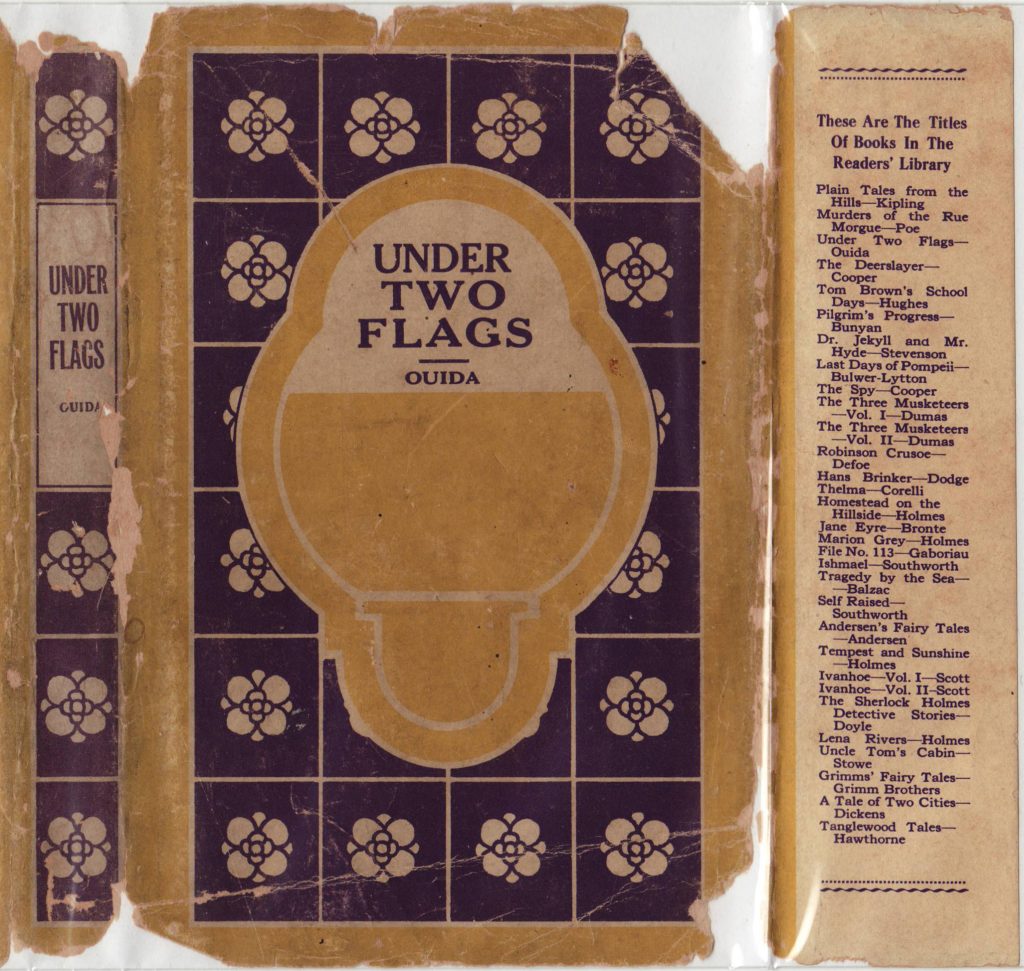
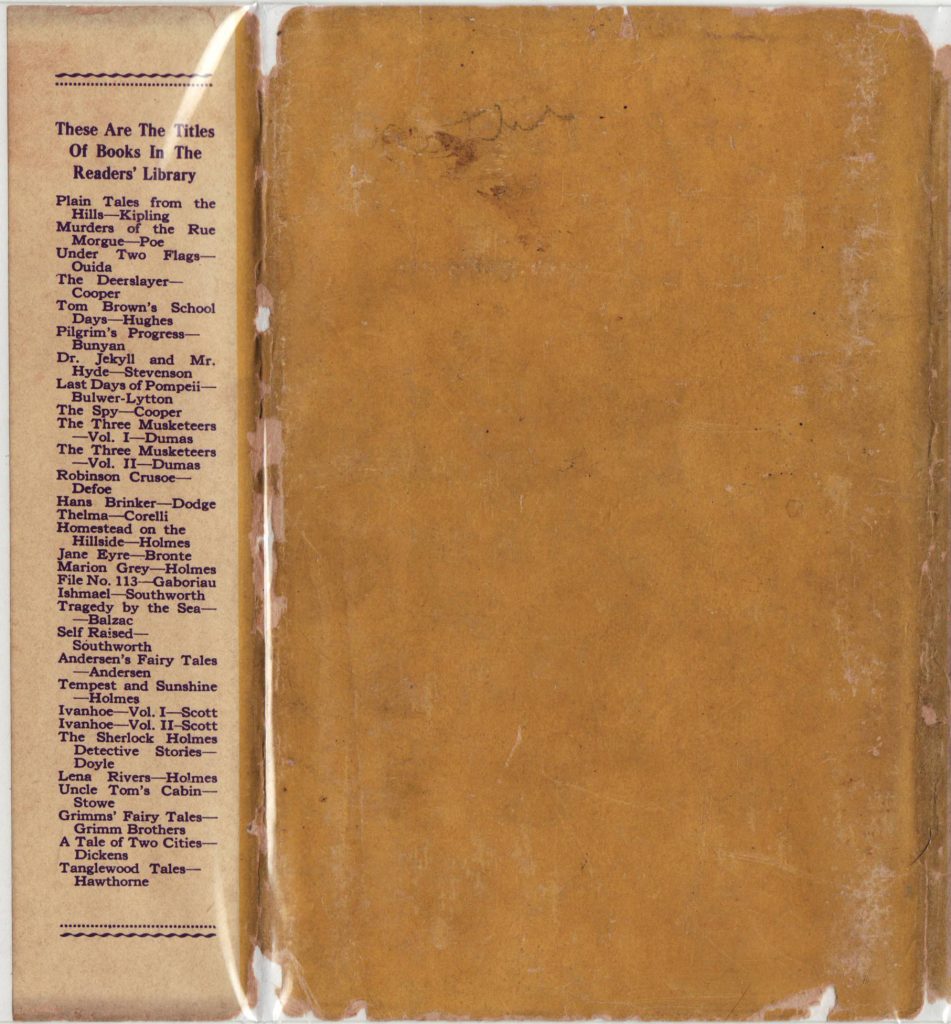
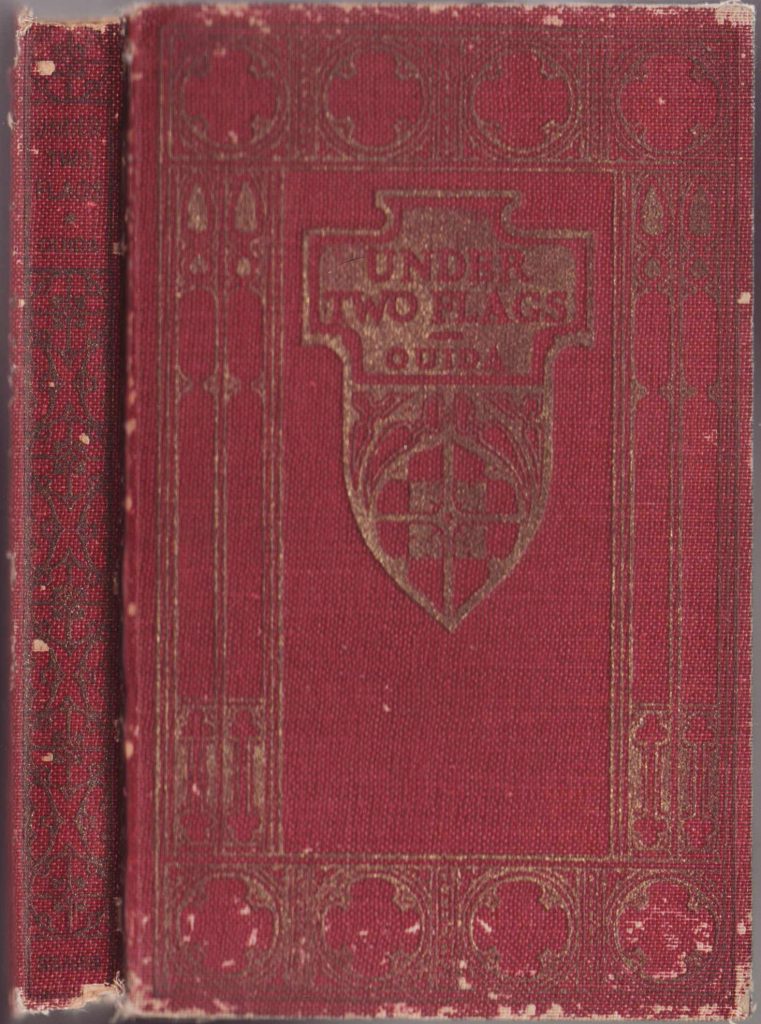



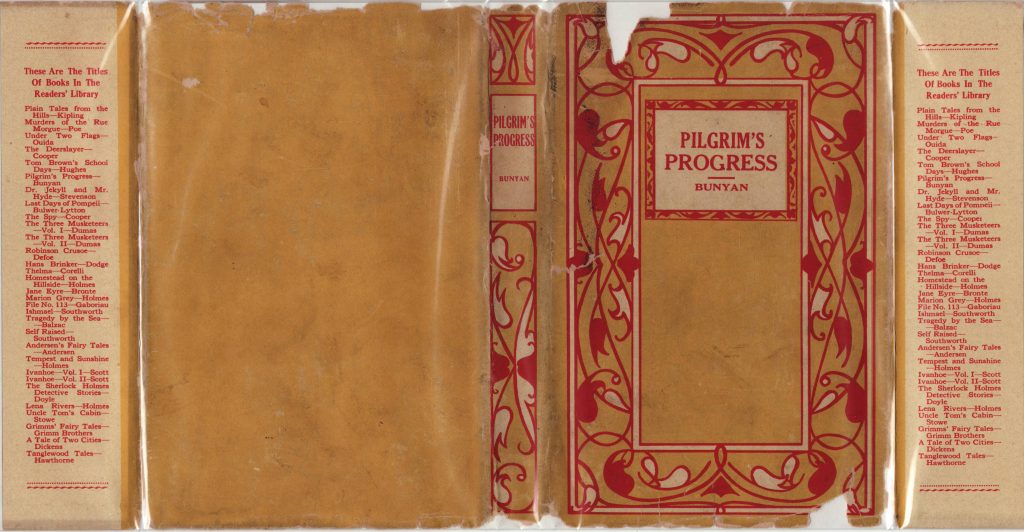



!["Ivor Steadman, Litz Manor, Kingsport, Tennessee. Steadman is shown here finishing and patching, an operation requiring a master craftsman. Like Hughes, Steadman was trained entirely by the Kingsport Press. On this work the operator must be able to detect high type, damanged[sic] or incorrect characters, and tell when the plate is absolutely level."](https://seriesofseries.com/wp-content/uploads/2016/03/04-0642a-300x218.gif)





